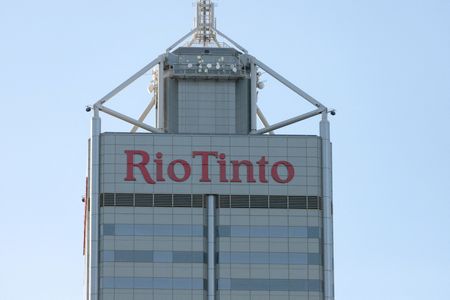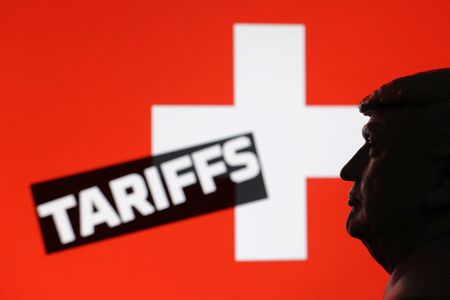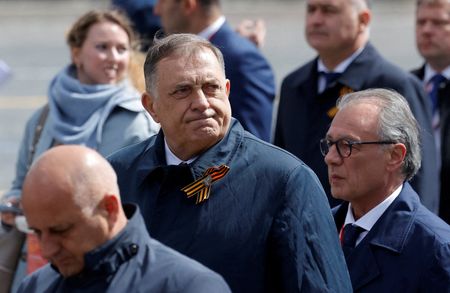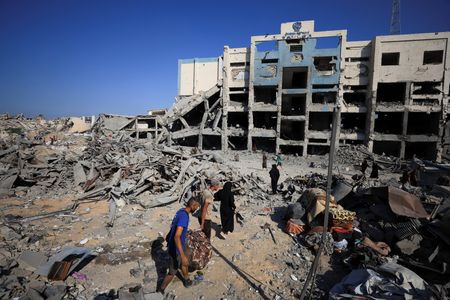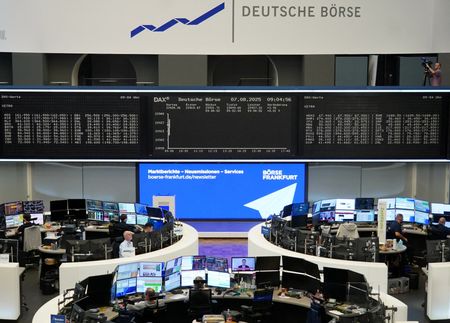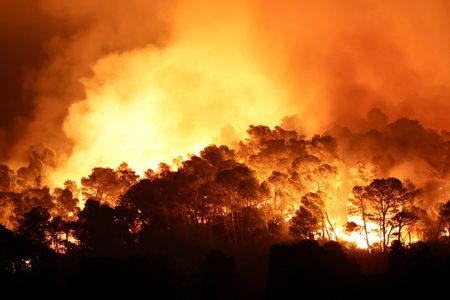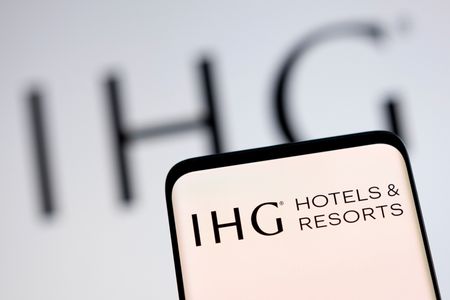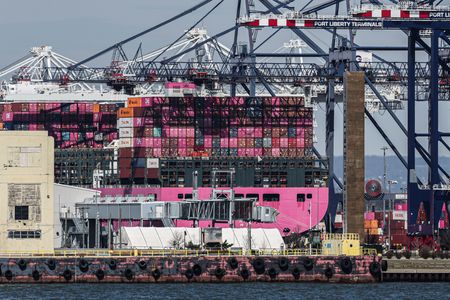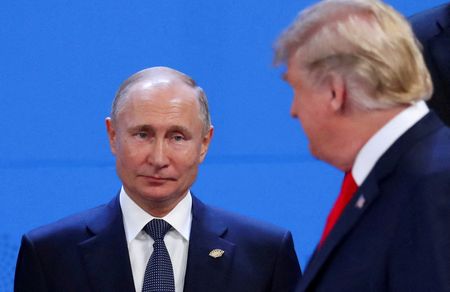MELBOURNE (Reuters) -Rio Tinto joined peer BHP on Thursday to play down Australia’s prospects of building out a “green iron” sector that would help decarbonise the steel industry because the country lacks the economic incentives to do so.
Australia is the world’s largest supplier of seaborne iron ore and has been striving to build a role as a reliable source of green metals. In February the government allocated A$1 billion ($652.4 million) to support the manufacture of green iron and its supply chains.
Since Australia’s iron ore is mostly too low-grade to be directly processed into steel with renewable energy, it needs an additional processing step. When this is undertaken with hydrogen made from renewable energy instead of coal, the product is called hydrogen direct reduced iron (DRI) or “green iron”, a low-carbon base for making green steel.
“Today I don’t believe there is an economic incentive for anybody to move to a hydrogen DRI,” Rio Tinto’s chief technical officer Mark Davies said.
The technology was unproven, and there were complications moving from existing processes using natural gas to hydrogen, he told a business lunch in Melbourne.
“And doing it in Australia is expensive. It’s an expensive place to build stuff,” he said.
Major miner BHP said last month it was too costly for Australia to build a “green iron” industry, even after the country and China agreed to jointly work to decarbonise the steel supply chain, responsible for nearly a 10th of global emissions.
A global carbon price of “a couple of hundred dollars” would be needed to create that incentive, Davies later told a press briefing.
($1 = 1.5328 Australian dollars)
(Reporting by Melanie Burton;Editing by Alison Williams)

